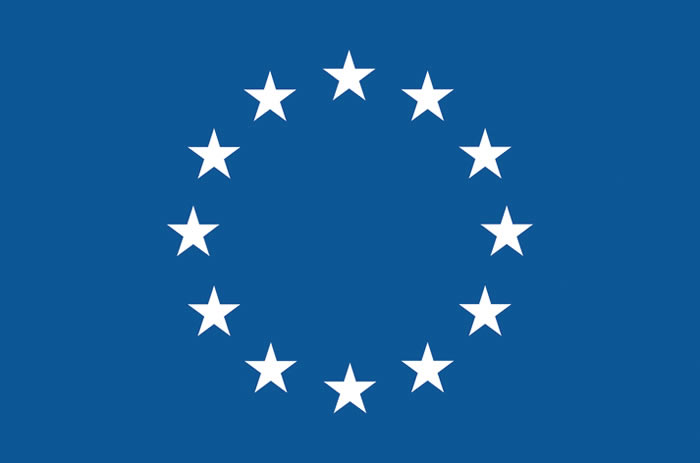Di Antonio, Marco

Marco Di Antonio got his MSci in Chemistry in 2007 from Pavia University (Italy), which was followed by a PhD in Molecular Sciences in Padua University (Italy) under the supervision of Prof. Manlio Palumbo. After completion of his PhD, Marco moved to Cambridge University (UK) where he started as a Research Assistant in Shankar Balasubramanian group in 2011, working on novel G-quadruplex ligands to target selectively RNA vs DNA structures and selective cross-linking agents for G-quadruplex DNA. In 2015 Marco was promoted to Senior Research Associate at Cambridge University, where he continued working on the biological role of DNA G-quadruplex structures. In 2018, Marco was awarded a prestigious BBSRC David Phillips Fellowship to start his research group at Imperial College London (Chemistry Department), where he currently leads a research group of 10 people. Marco’s group is interested in developing novel chemical biology tools to interrogate the role of DNA secondary structure formation in human cells, with particular focus on Ageing and Cancer biology.
Abstract:
Single-molecule visualisation of DNA G-quadruplex formation in live cells.
Topic:
G-rich sequences can form alternative DNA secondary structures called G-quadruplexes (G4s).1 Substantial evidence now exists to support that formation of G4 structures is related to gene-expression and the case for targeting G4s for therapeutic intervention is getting stronger.1 Nevertheless, there is a need to devise additional approaches to study G4s in living cells to build further understanding on their actual biological relevance. The in-situ observation of G4-formation in living cells would provide evidence that goes beyond observations by immunostaining and ChIP-Seq. In my talk, I will describe a new G4-specific fluorescent probe (SiR-PyPDS) that has properties that enable single-molecule detection of G4s. We use SiR-PyPDS to achieve real-time detection of individual G4 structures in living cells. Live-cell single-molecule fluorescence imaging of G4s is carried out under conditions that use low concentrations of the G4-binding fluorescent probe (20 nM) that enabled us to providing informative measurements representative of the population of G4s in living cells without globally perturbing G4 formation and dynamics. Single-molecule fluorescence imaging and time-dependent chemical trapping of unfolded G4s in living cells by means of DMS treatment, revealed that G4s fluctuate between folded and unfolded states. We also demonstrated that G4-formation in live cells is cell-cycle dependent and inhibited by chemical inhibition of transcription and replication. The observation of single fluorescent probes binding to individual G4s provides a new experimental perspective on G4-formation and dynamics in living cells, which I will discuss during my talk.
Back to speaker overview Back to Oral- and Flash presentations overview





